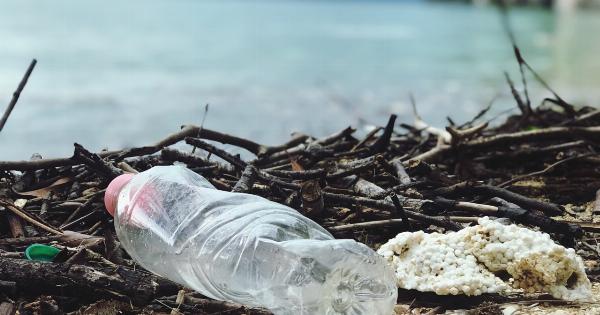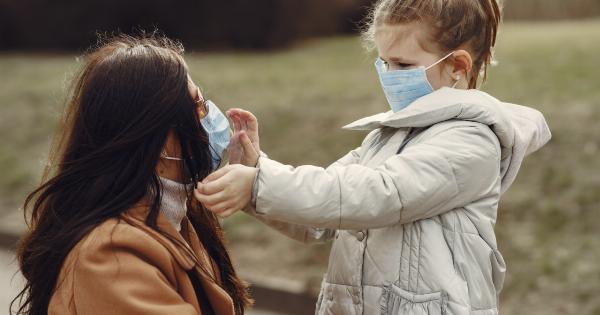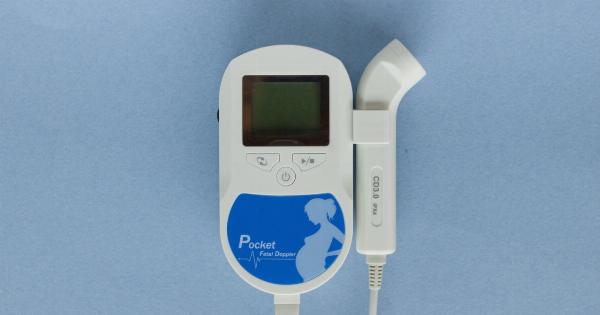A new study has revealed that microplastics are now present on women’s placenta. The study was conducted by researchers in Italy and is the first of its kind.
It has raised concerns about the potential impact of microplastics on fetal development and health, as well as the long-term implications for human health.
What are microplastics?
Microplastics are tiny pieces of plastic that measure less than 5mm in diameter. They are often used in products like facial scrubs, toothpaste, and even clothes.
These microplastics find their way into water sources and eventually end up in the ocean, where they can be ingested by marine life. The plastics can then enter the food chain and end up in our food, and now apparently, even in our placenta.
The study findings
The study was conducted on six women who had recently given birth to healthy babies. The researchers chose these women to ensure that the placenta would only be affected by pregnancy and not contaminated because of other factors.
They found microplastics in every placenta they examined, and even found fragments of plastic in the fetal side of the placenta.
The researchers identified several types of microplastics found in the placenta, including polystyrene (a type of plastic used in packaging), polyethylene (used in plastic bags), and polyvinyl chloride (used in construction materials).
However, the study did not determine how these microplastics affected fetal development or if they posed health risks. Further research is needed to understand the long-term implications of microplastics on human health.
The implications
This study has raised concerns about the impact of microplastics on fetal development and human health.
The possible implications of microplastics on human health are not yet fully understood, but studies have suggested that microplastics can cause inflammation, affect immune system function, and disrupt hormonal balance, among other potential risks.
This study highlights the urgent need to address plastic pollution globally. The production and use of plastics must be reduced drastically, and proper waste management must be put in place to prevent plastic waste from entering the environment.
The way forward
Consumers, producers, and governments have a vital role in addressing the problem of plastic pollution.
As consumers, we can make a difference by reducing our use of single-use plastics, and by choosing products that are packaged in sustainable materials.
Producers can also make a difference by developing more sustainable products, using sustainable materials, and ensuring that their products are recyclable or biodegradable.
Governments can play a key role in creating policies that promote sustainable waste management and reducing single-use plastics.
It is clear that we must work together to address the problem of plastic pollution. Our health and the health of future generations depend on it.
Conclusion
The presence of microplastics in the placenta is a concerning finding that highlights the need to take action to address plastic pollution.
The long-term implications of microplastics on human health are not yet fully understood, but studies have suggested that they can cause a range of health risks.
We all have a role to play in addressing plastic pollution, and governments, producers, and consumers must work together to find solutions to this global problem.
Reducing our use of single-use plastics, choosing sustainable products, and promoting sustainable waste management are all necessary steps towards a cleaner environment and a healthier future.


























